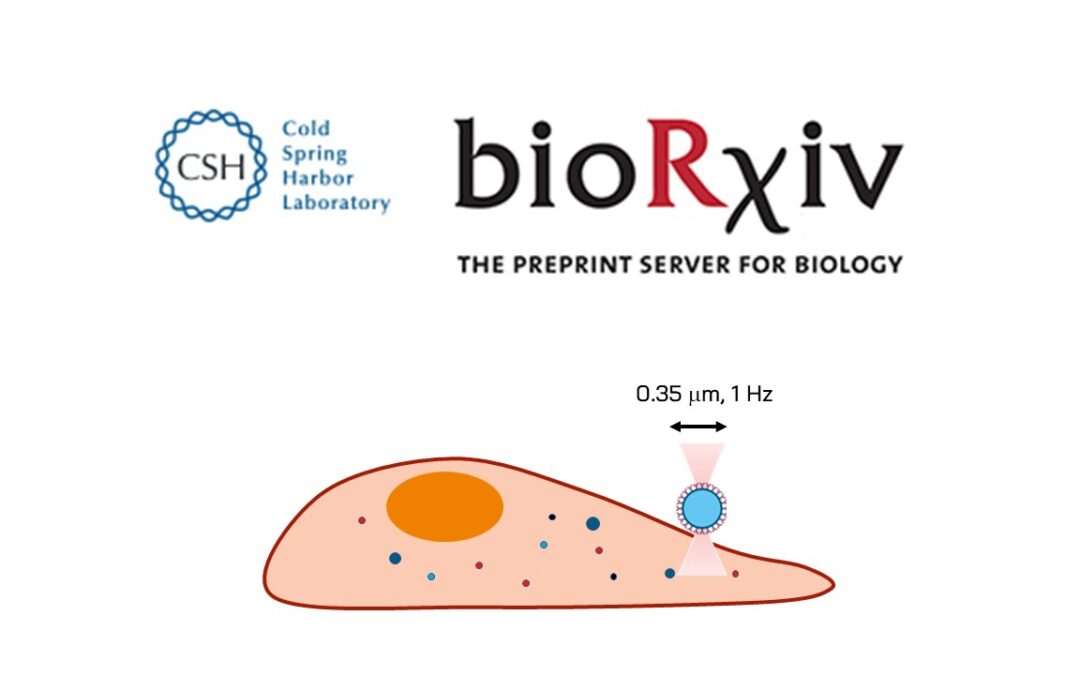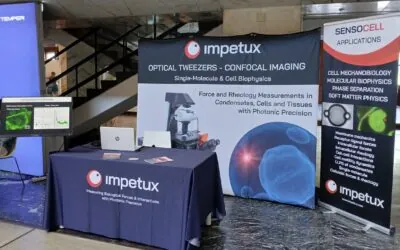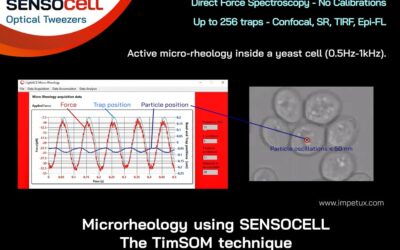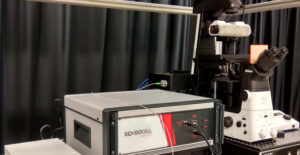We are delighted to share a new publication that shows another interesting application of SENSOCELL.
The paper is titled:
The laminin-keratin link shields the nucleus from mechanical deformation and signaling
By: Zanetta Kechagia, Pablo Sáez, Manuel Gómez-González, Martín Zamarbide, Ion Andreu, Thijs Koorman, Amy E.M. Beedle, Patrick W.B. Derksen, Xavier Trepat, Marino Arroyo, Pere Roca-Cusachs
It is a pre-print, and you will find it here.
In this work, the labs of Pere Roca-Cusachs and Xavier Trepat (IBEC, Barcelona) investigate how the rigidity of a laminin based extracellular environment influence mechanotransduction in mammary epithelial cell models.
Cells are subjected to continuous reciprocal interactions with the surrounding extracellular matrix (ECM). ECM parameters such as its composition or mechanical properties shape cellular responses, from development and tissue morphogenesis to tissue repair and homeostasis. Abnormal cell-ECM interactions drive pathological conditions such as cancer and fibrosis and are promising targets for therapeutic interventions.
The authors use SENSOCELL optical tweezers to show that the laminin-integrin β4-keratin link can change the mechanical resistance of the cytoskeleton, they carried out optical tweezer experiments: 1 μm silica beads were coated with laminin or fibronectin and placed them in contact with the cell surface until they attached. Then, an oscillatory signal of 0.35 μm amplitude was applied with a frequency of 1 Hz upon bead attachment to integrin β4 or β4R1281W overexpressing cells. Upon consecutive cycles of bead oscillations, a gradual increase in the mechanical resistance of the cytoskeleton was observed, as quantified by the complex shear modulus G*.
The complex shear modulus G* was measured for each oscillation cycle using the LightACE built-in Micro-rheology routine. The G* modulus was computed by determining the force by means of the calibration-free “momentum method” while particle position was obtained using the measured stiffness of the trap.
These experiments show that direct local force application to laminin-integrin β4-keratin connections increases the mechanical resistance of the cytoskeleton. These results indicate that a stable connection of keratins with the laminin substrate can in fact alter the mechanical properties of the cytoskeleton, eventually affecting the mechanical resistance of the cells.
Congratulations to all the people involved !
📌For more information about how SENSOCELL can help you in your research projects, please contact us.





